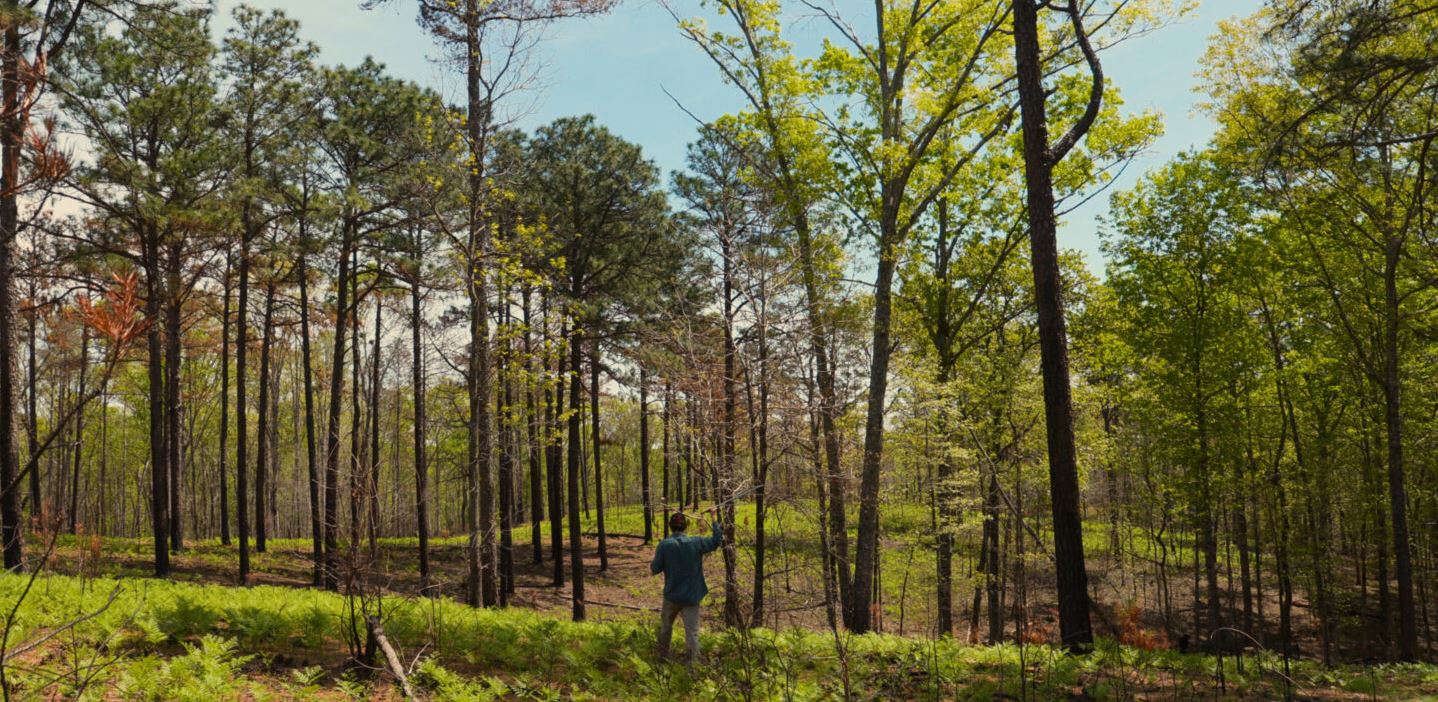Georgia’s Dugdown Corridor:
A ‘national model’ for conservation
Originally posted by Molly Samuel on wabe.org:
Last year, a group of scientists and volunteers splashed up a creek in Paulding County to look for endangered fish.
It didn’t take long to find them.
With two people holding a net upright underwater and others shuffling downstream to shoo fish into it, the team hauled up a handful of Etowah darters the first time they tried.
“That’s pretty cool,” said Bill Ensign, a retired Kennesaw State University professor, as he picked the rare fish out of the net, tallying them as he went along.
The colorful little Etowah darters live in a handful of counties in northwest Georgia, and nowhere else in the world. They’re unique to the Etowah River and some of its tributaries, including Raccoon Creek, where the day’s sampling expedition was happening.
Those darters are just one of the unique freshwater creatures living in the region.
Thanks to some quirks of geology and the last ice age, this corner of Georgia, along with northeast Alabama and neighboring parts of Tennessee, is a global hotspot for freshwater fish, and creatures like mussels and crayfish, too.
It’s an “incredible” place of biodiversity, according to Katie Owens, Upper Coosa River program director at The Nature Conservancy. Close to 80 species of fish live in the Etowah River basin alone.
“I like to think it’s a miniature Amazon right here in our backyard,” said Owens, who’s based in west Georgia.
Efforts to protect that rich biodiversity have become a jumping-off point for an ambitious conservation project taking shape in west Georgia — protecting and restoring not only Raccoon Creek, but miles and miles of land around it, too, expanding public access, bringing fire back to forests that depend on it and creating a refuge for wildlife as the changing climate alters ecosystems.
The Nature Conservancy is working with the State of Georgia, Paulding and other Georgia counties, The Conservation Fund, Kennesaw State University, the U.S. Fish and Wildlife Service and others on the project — it’s called the Dugdown Corridor. Named after a mountain in the area, it’s a vision for a giant connected network of forests and streams, stretching from the edge of metro Atlanta to the Talladega National Forest in Alabama.

